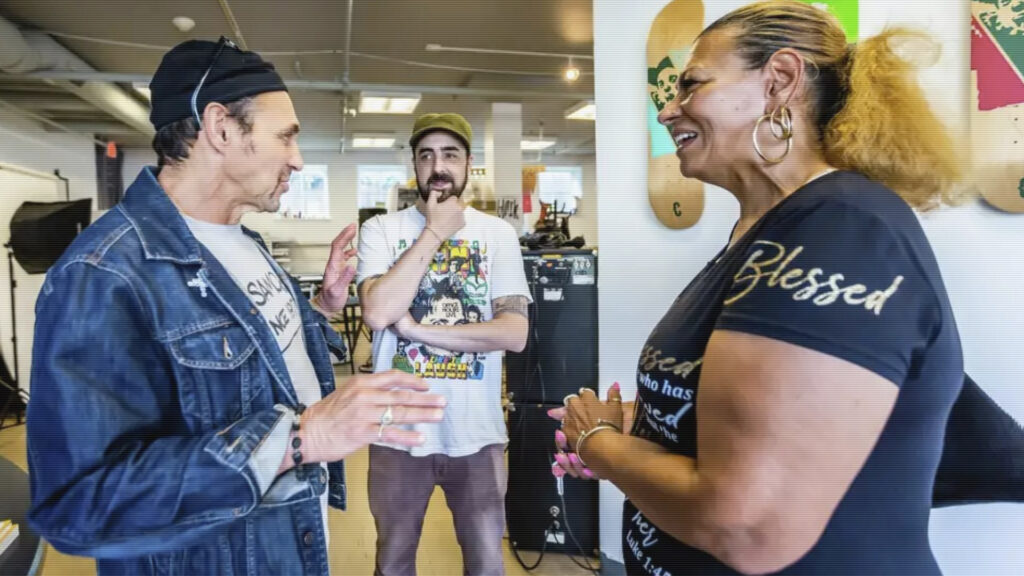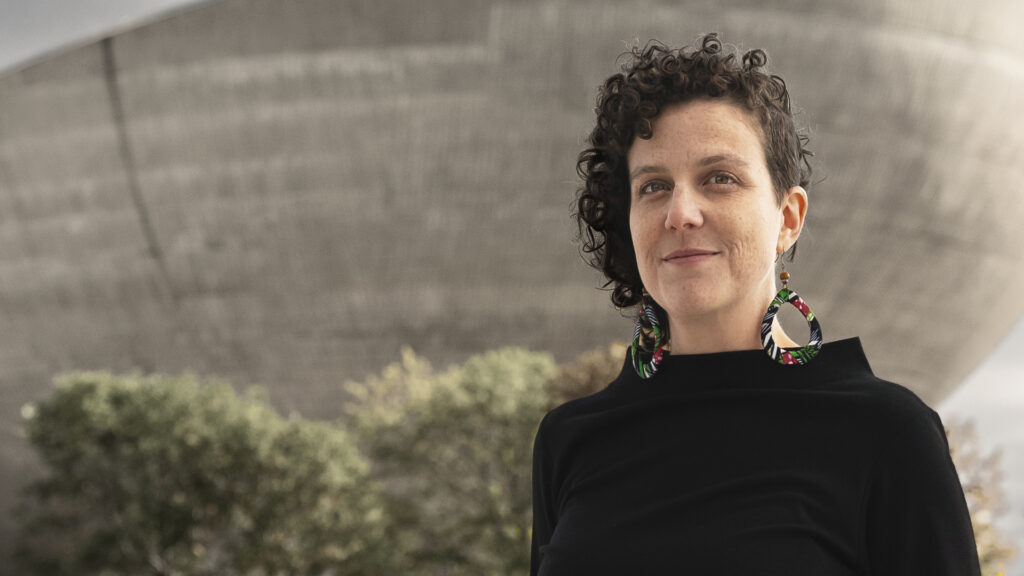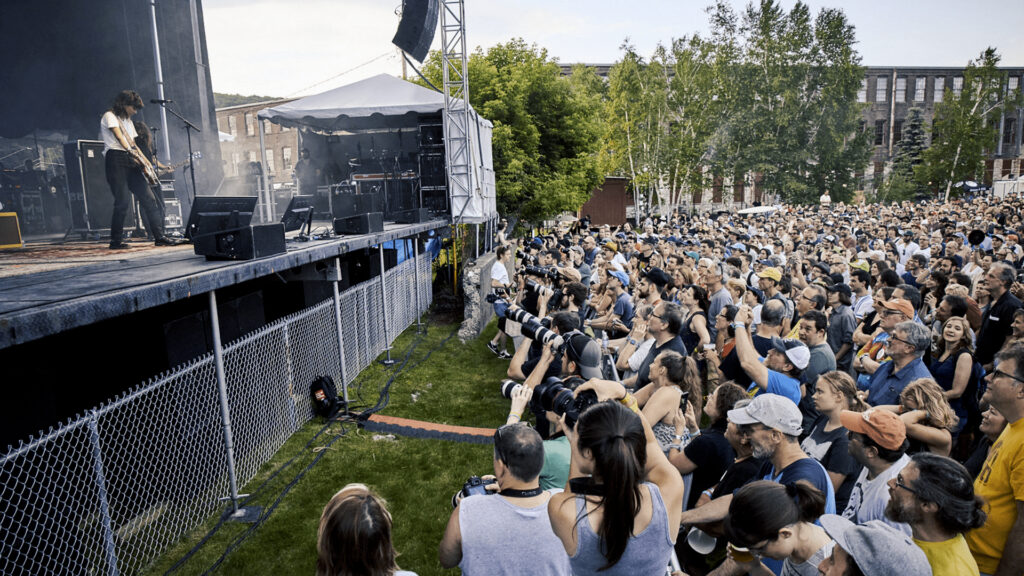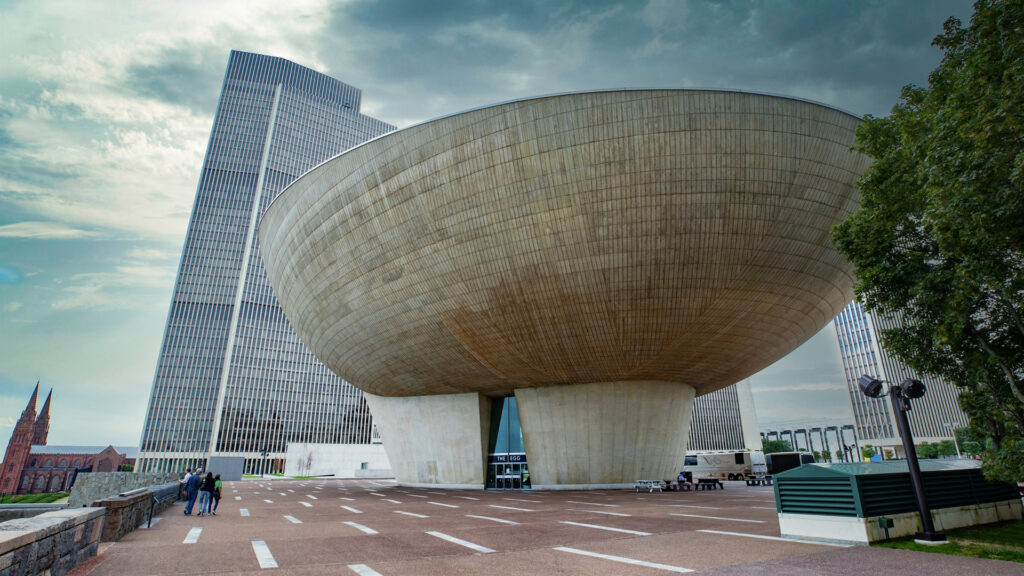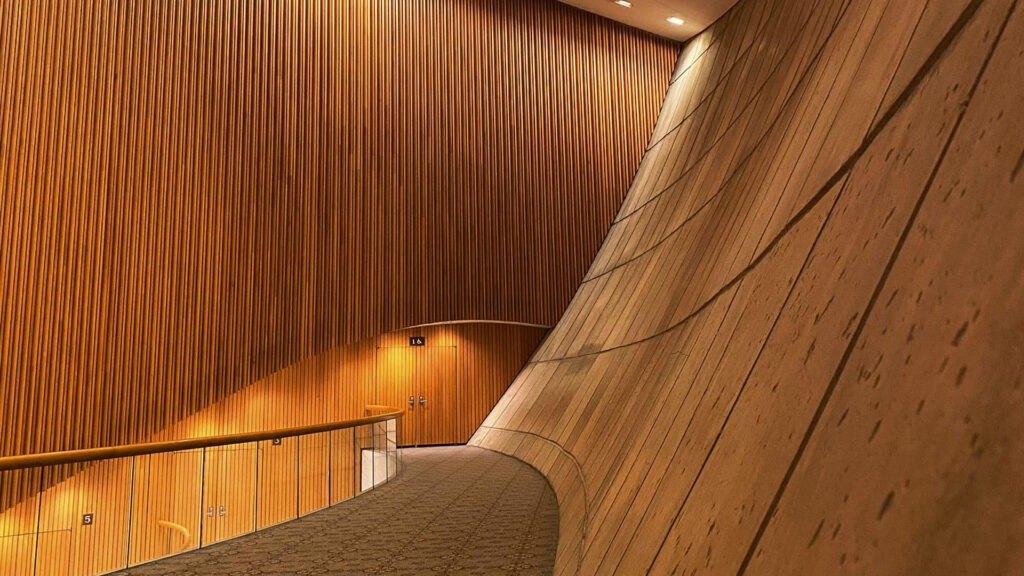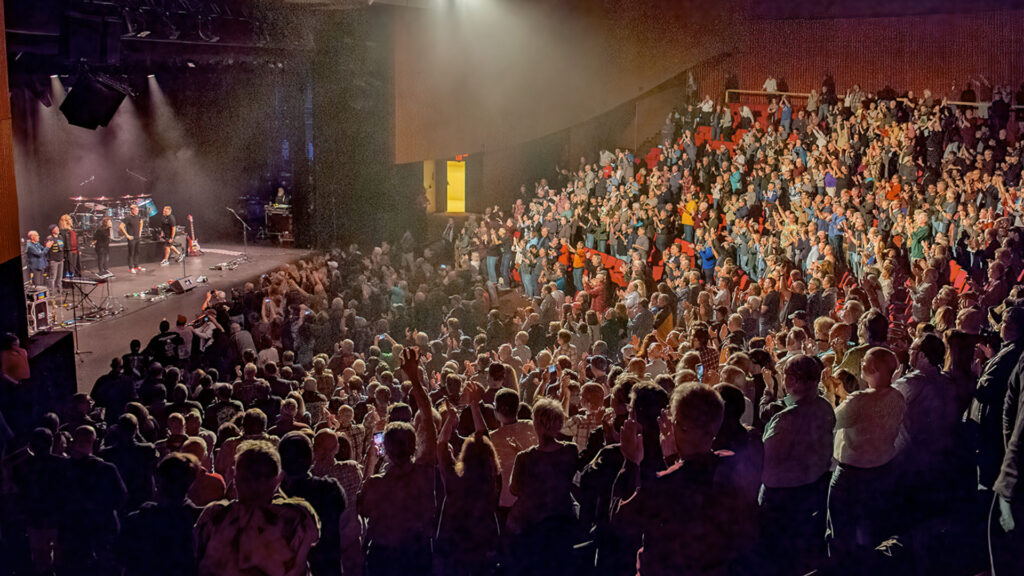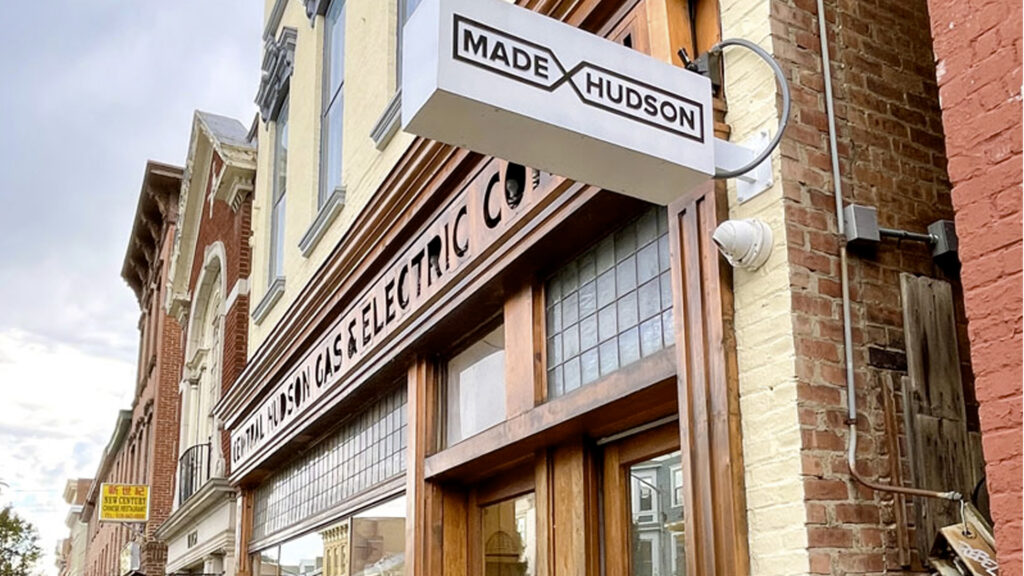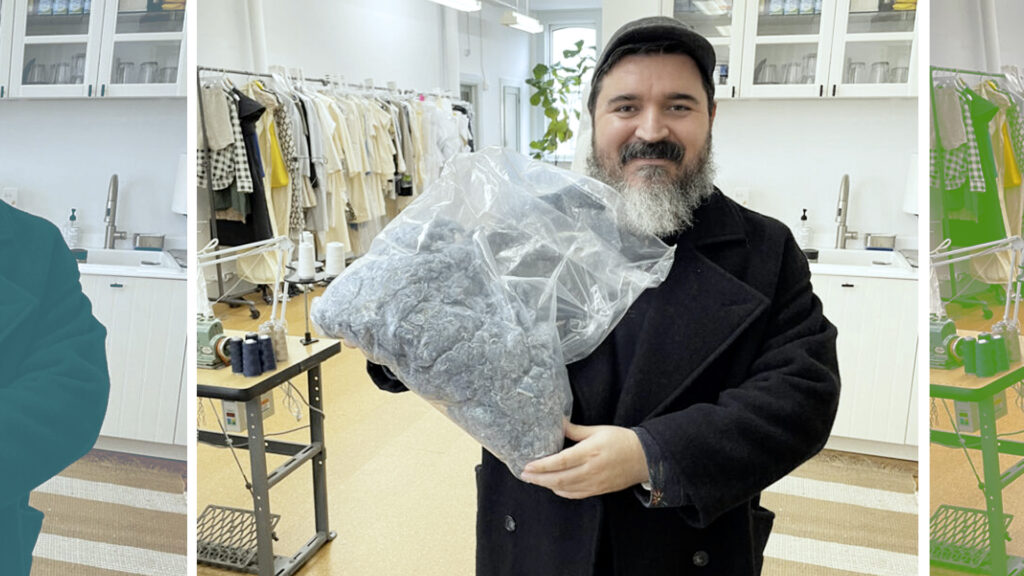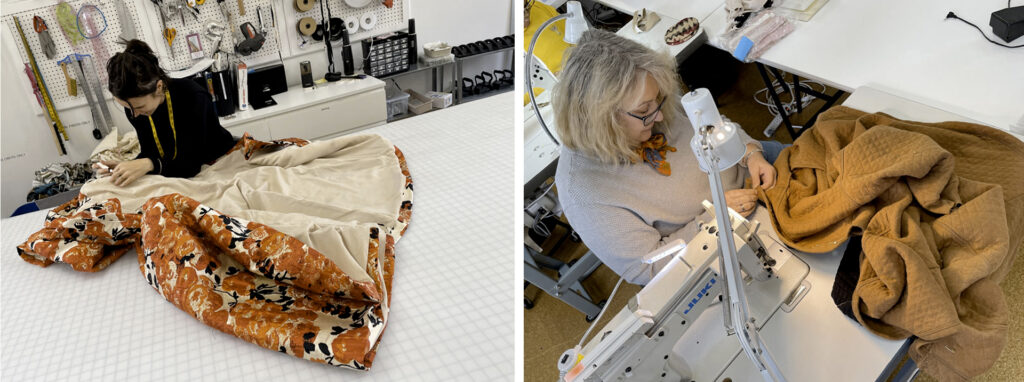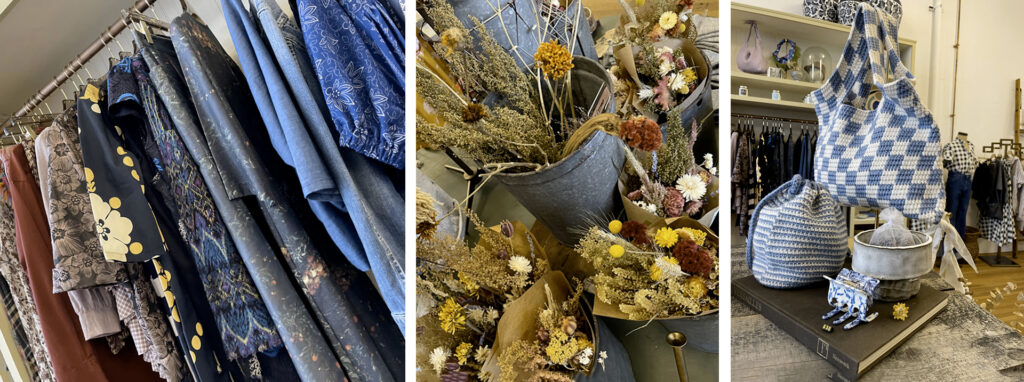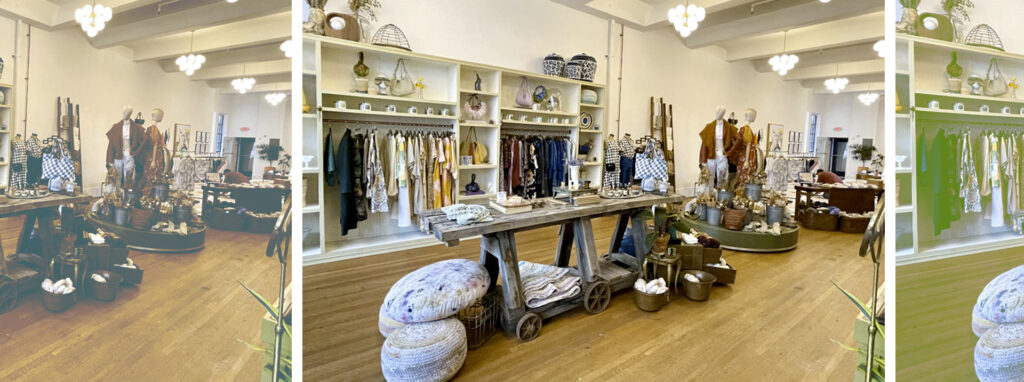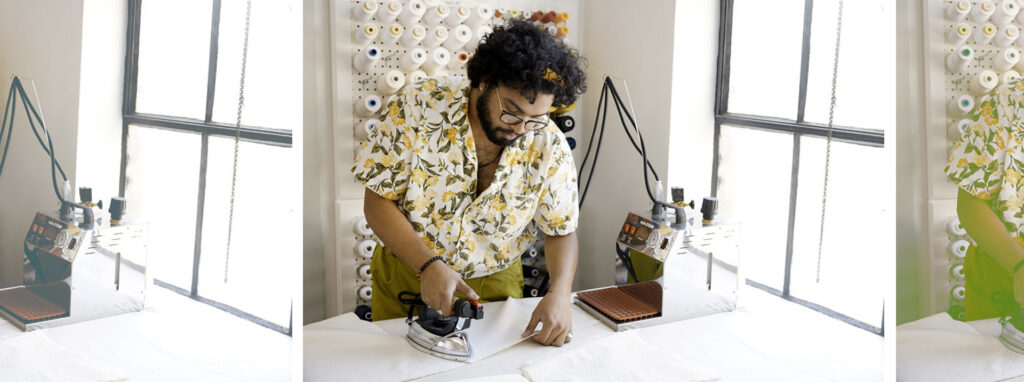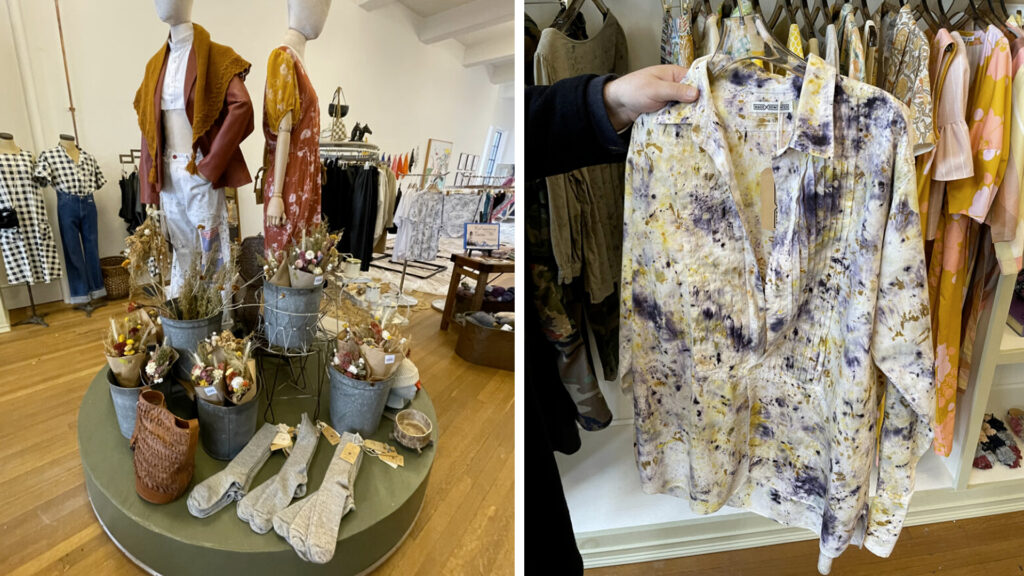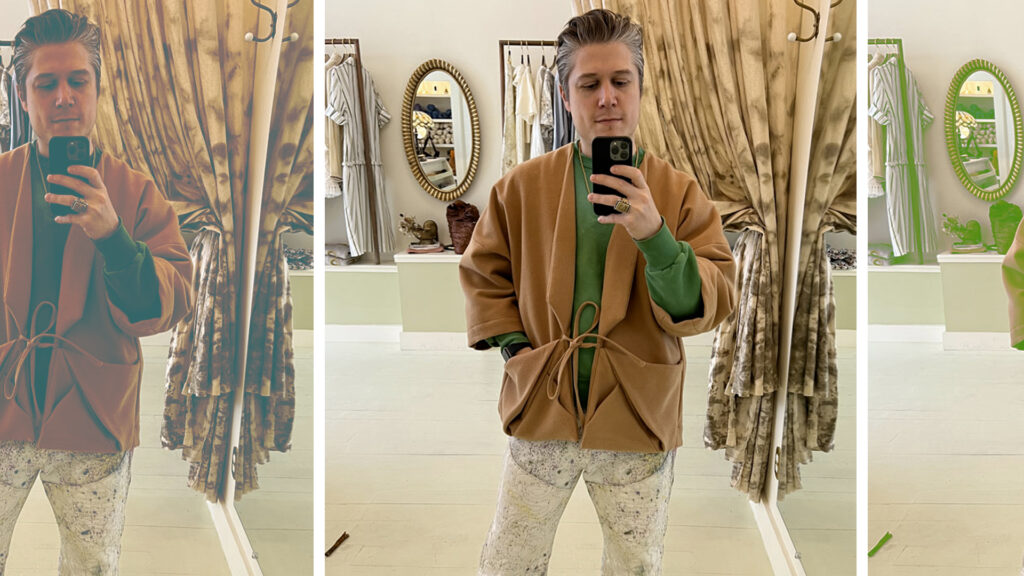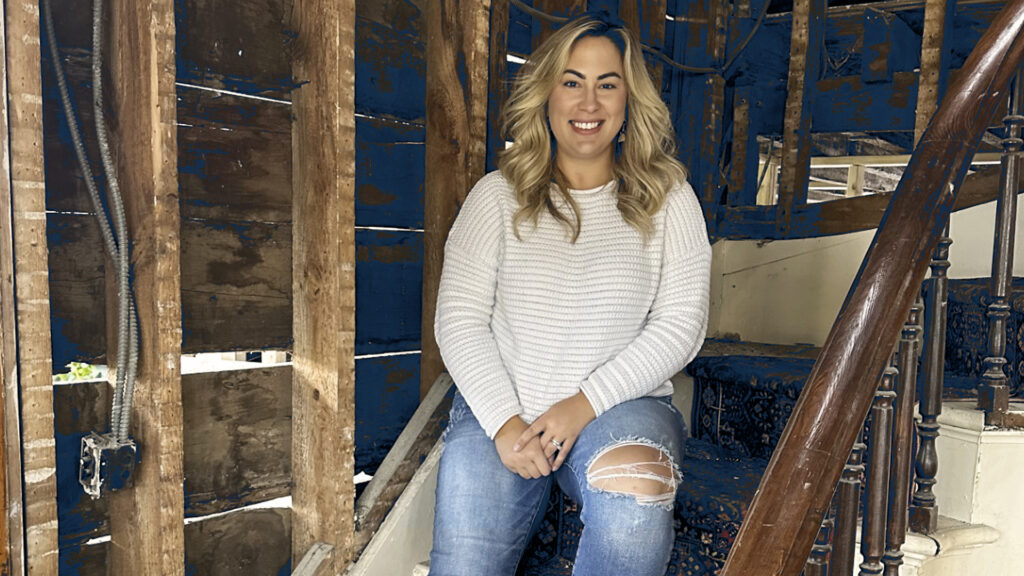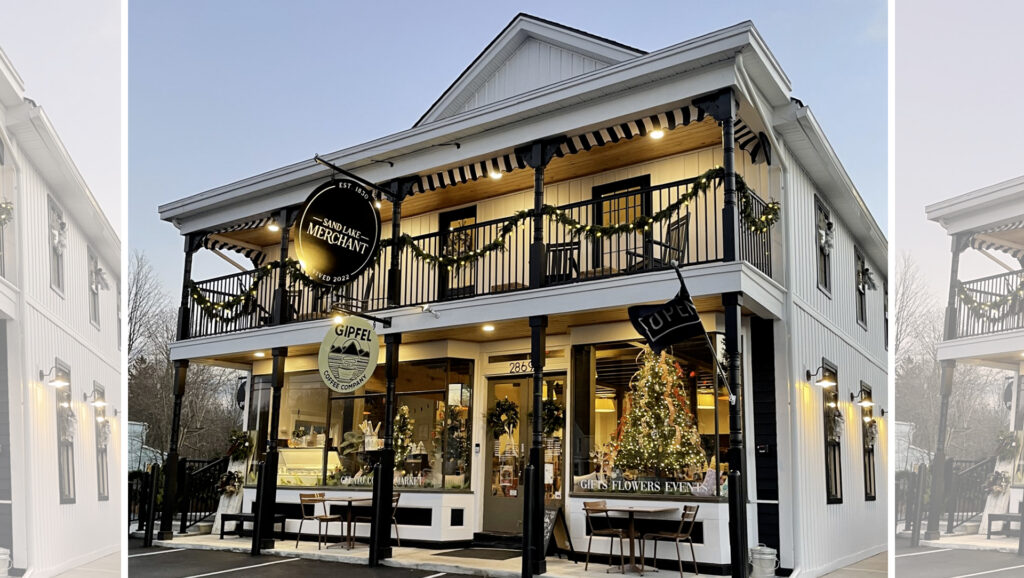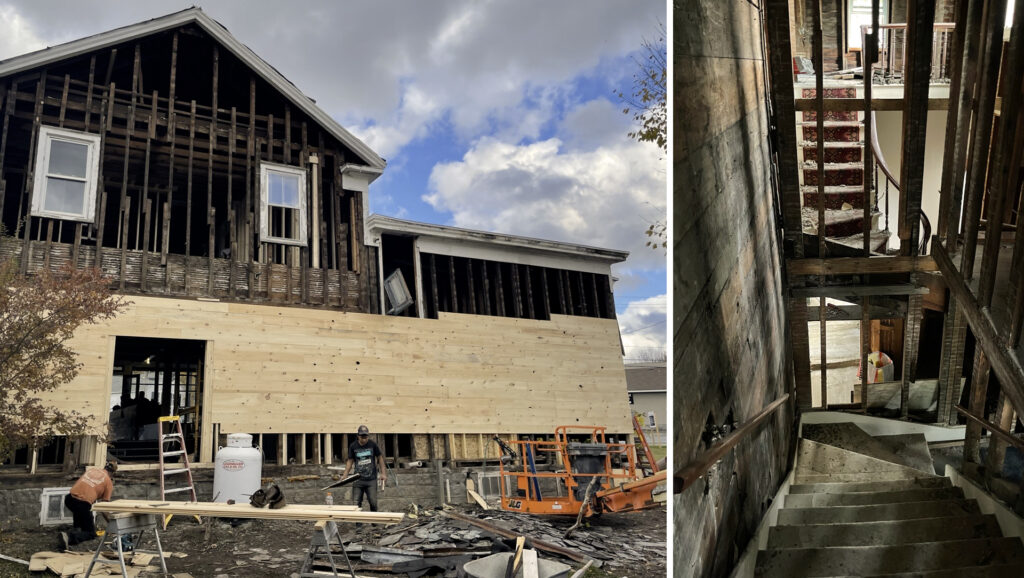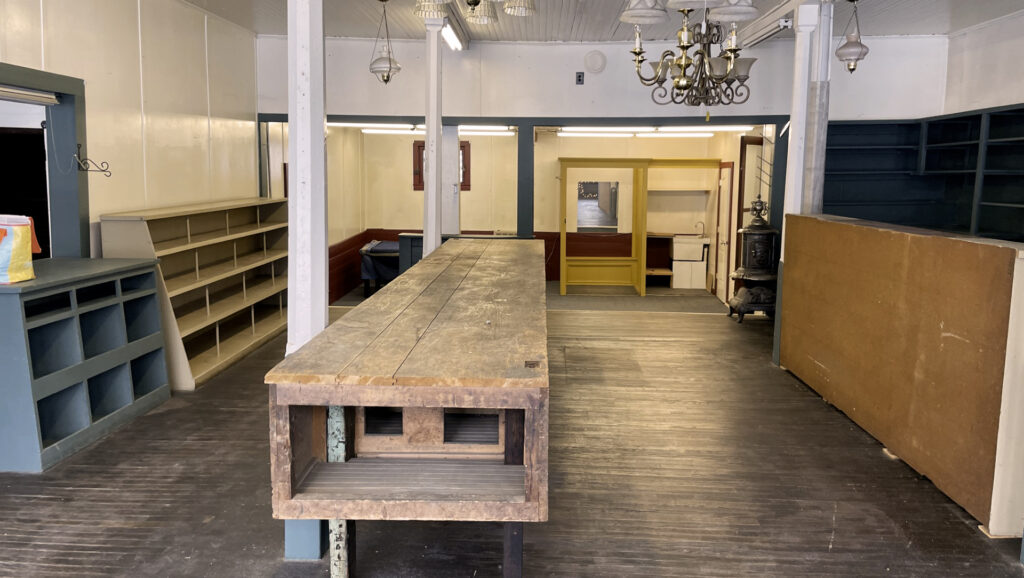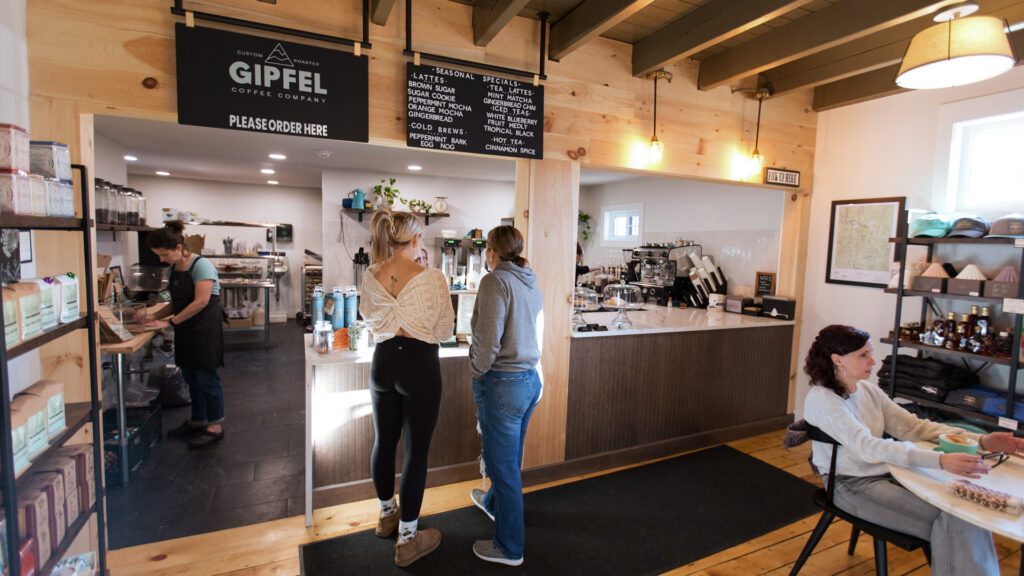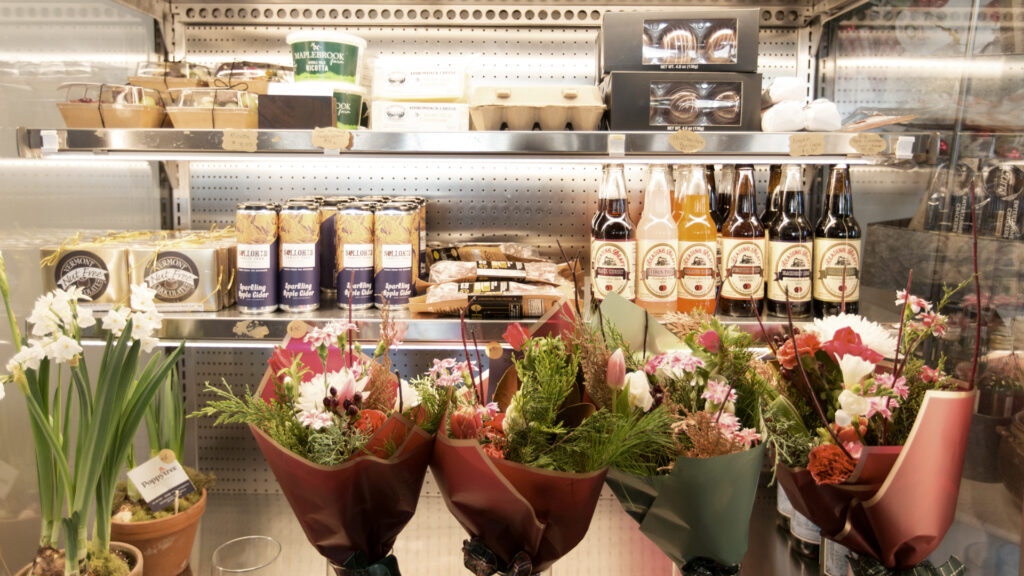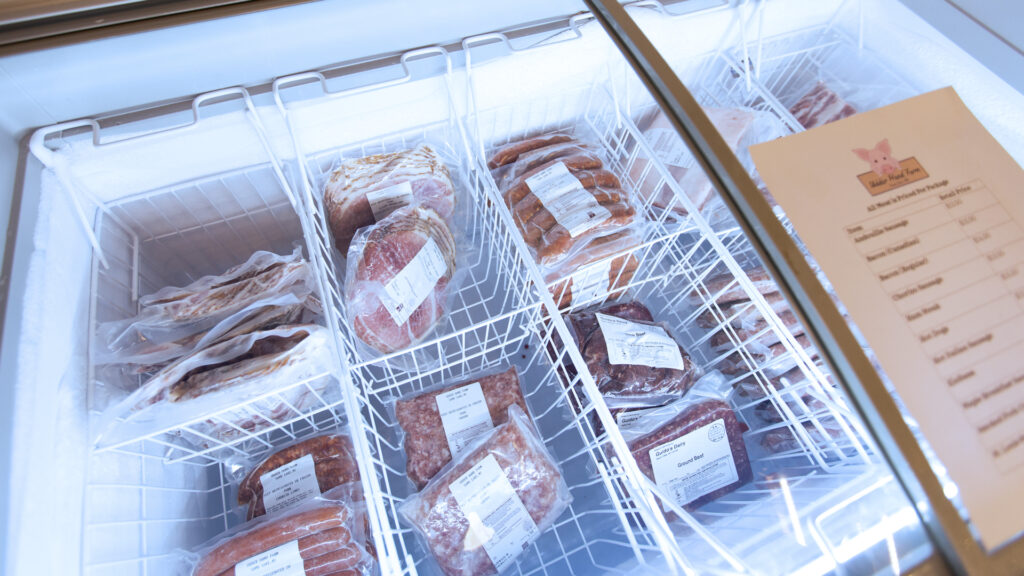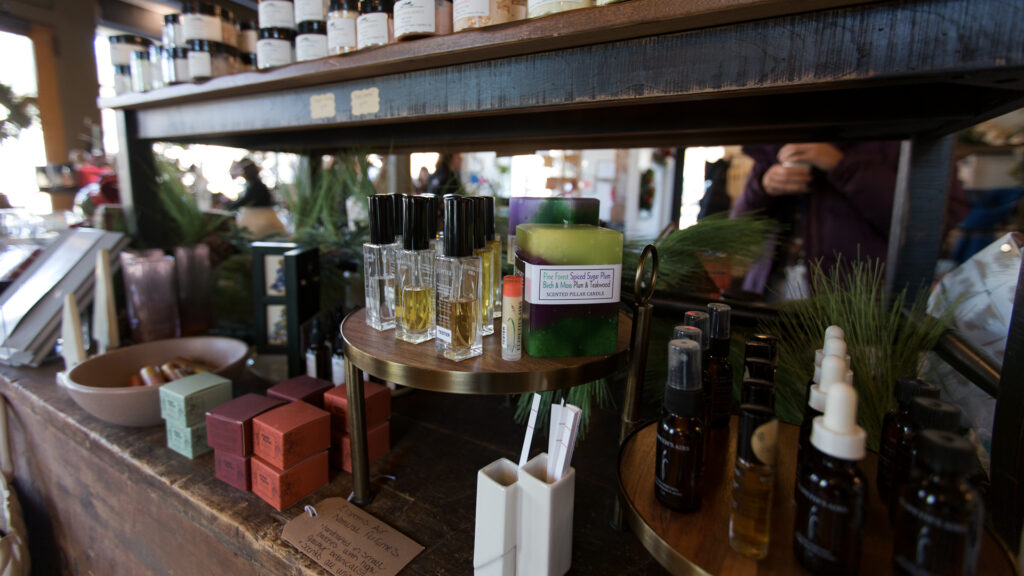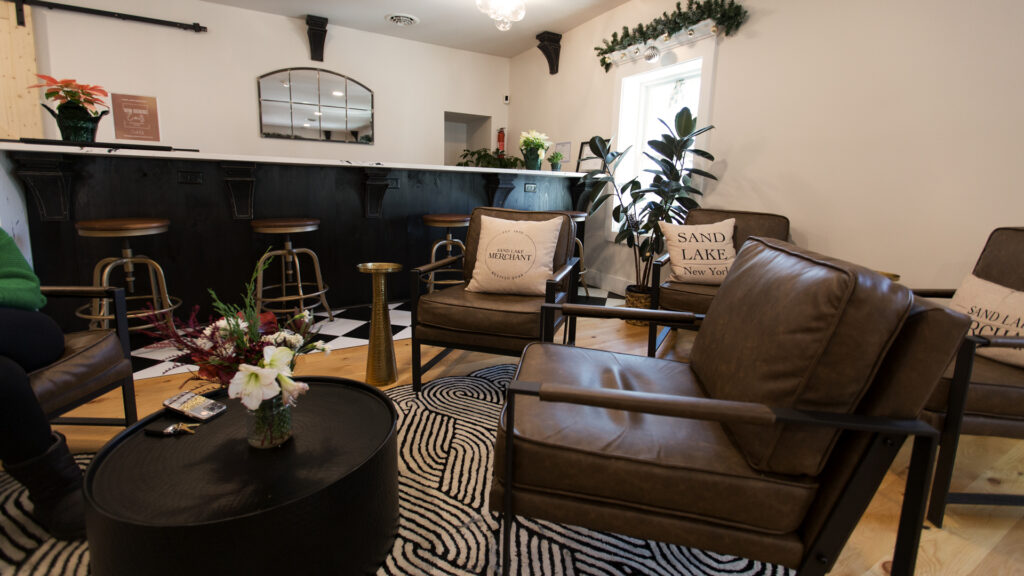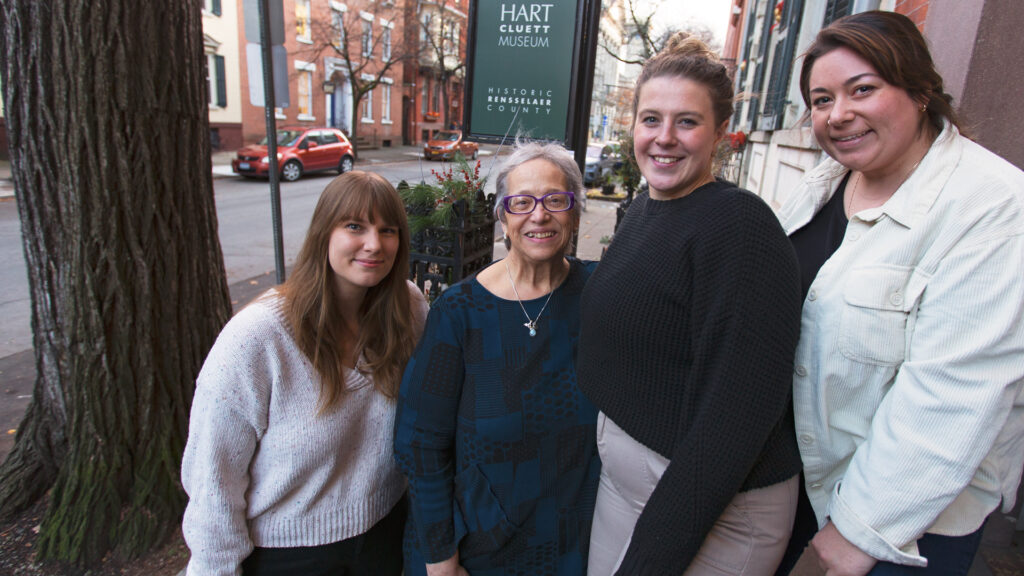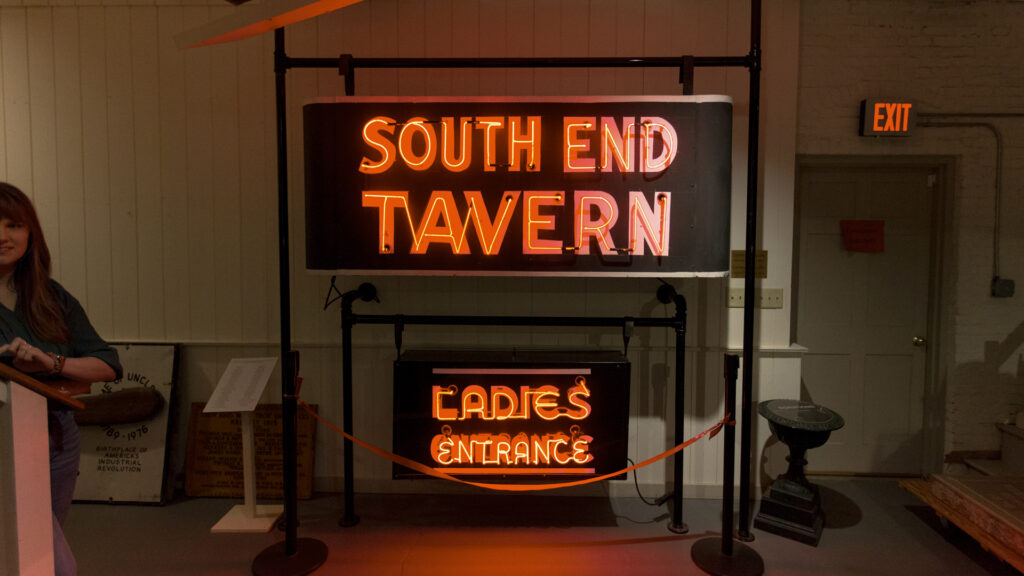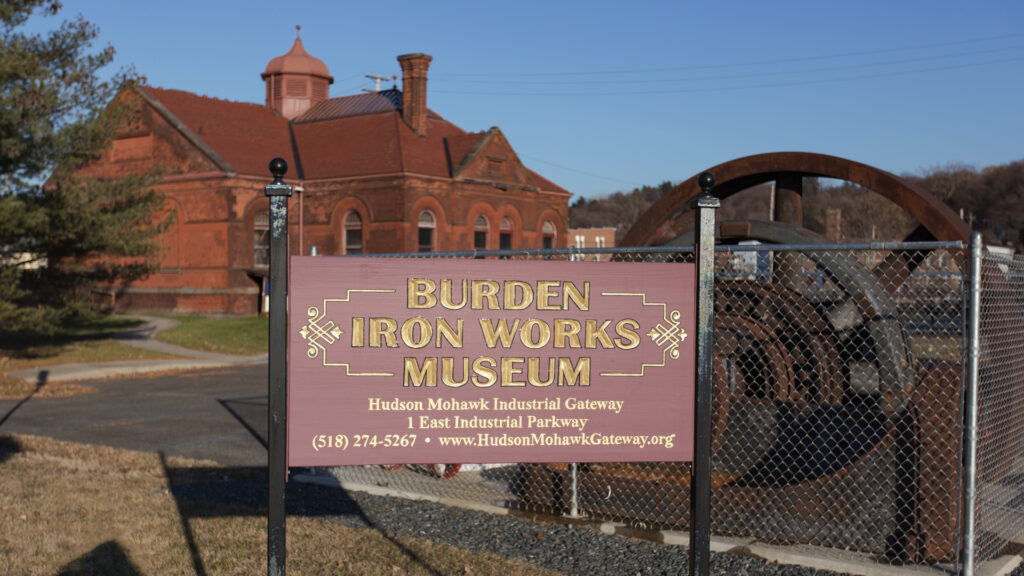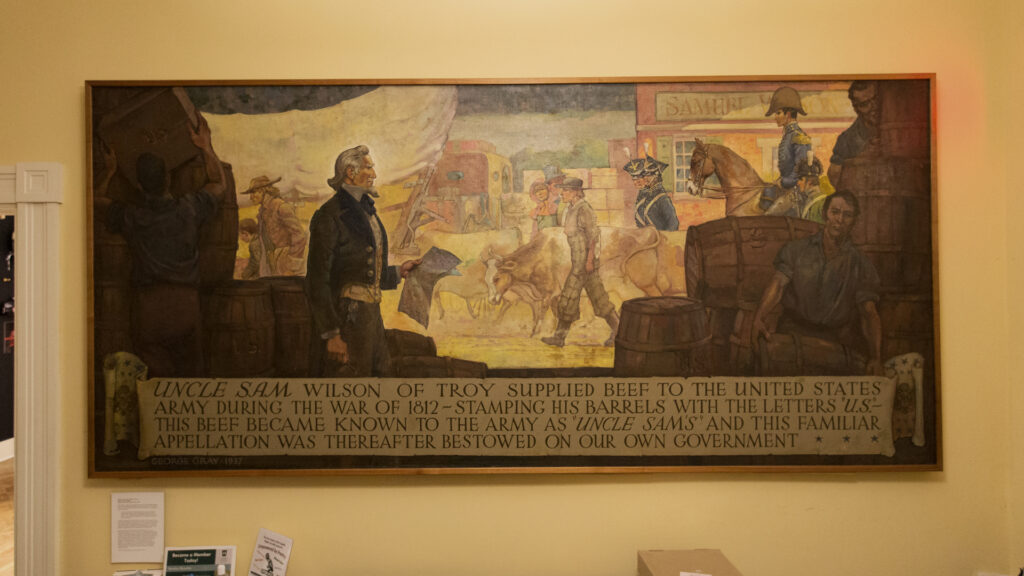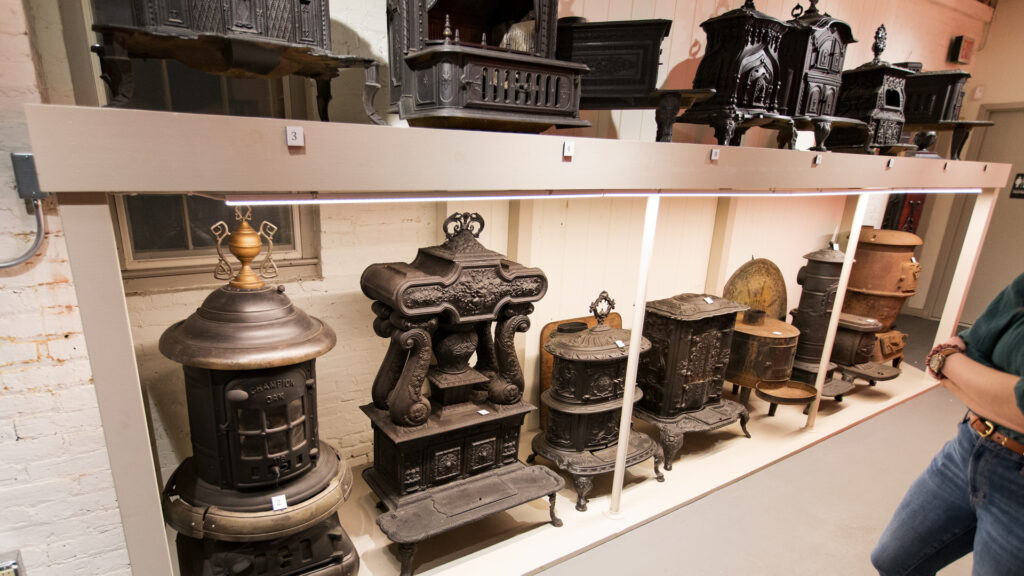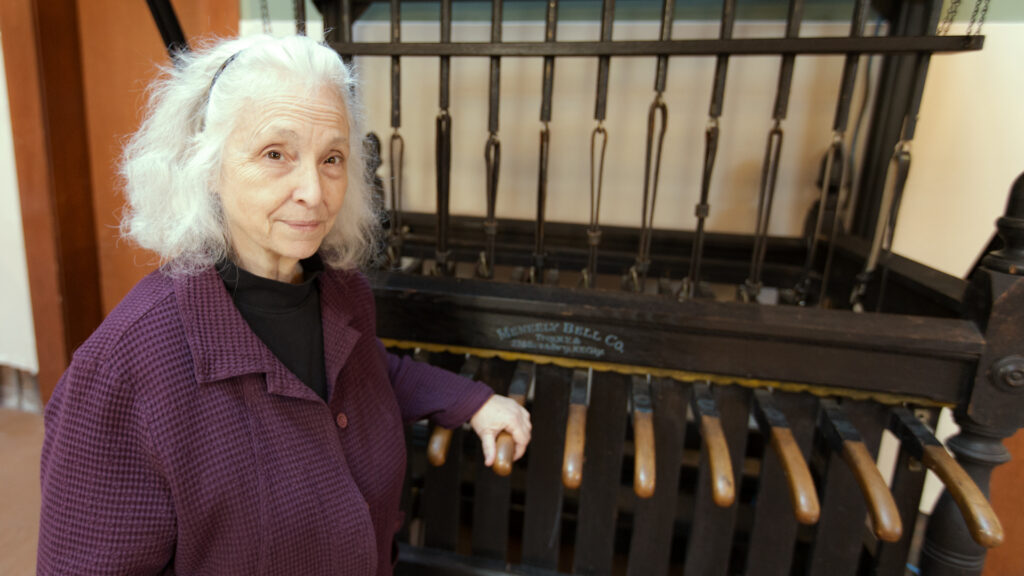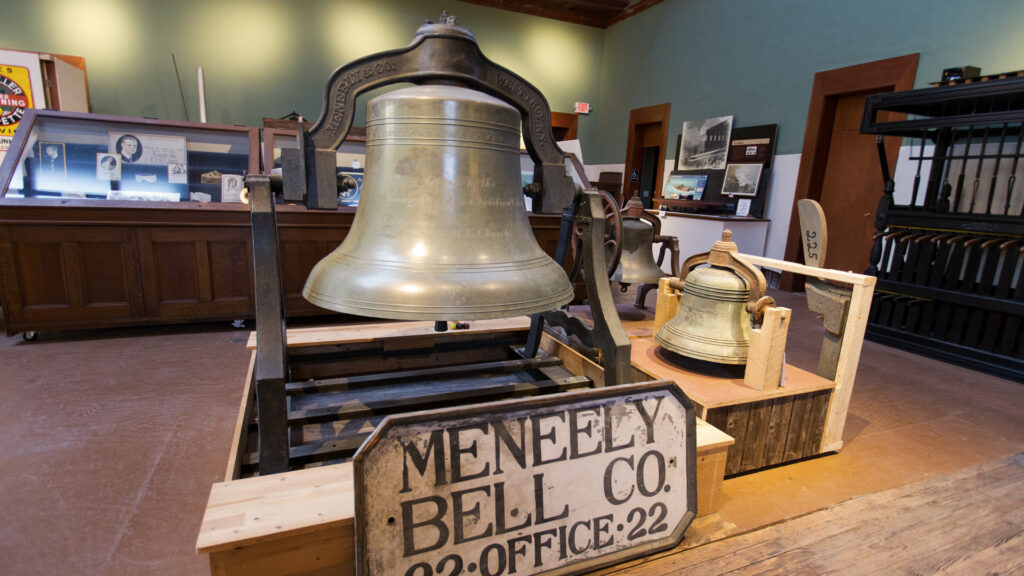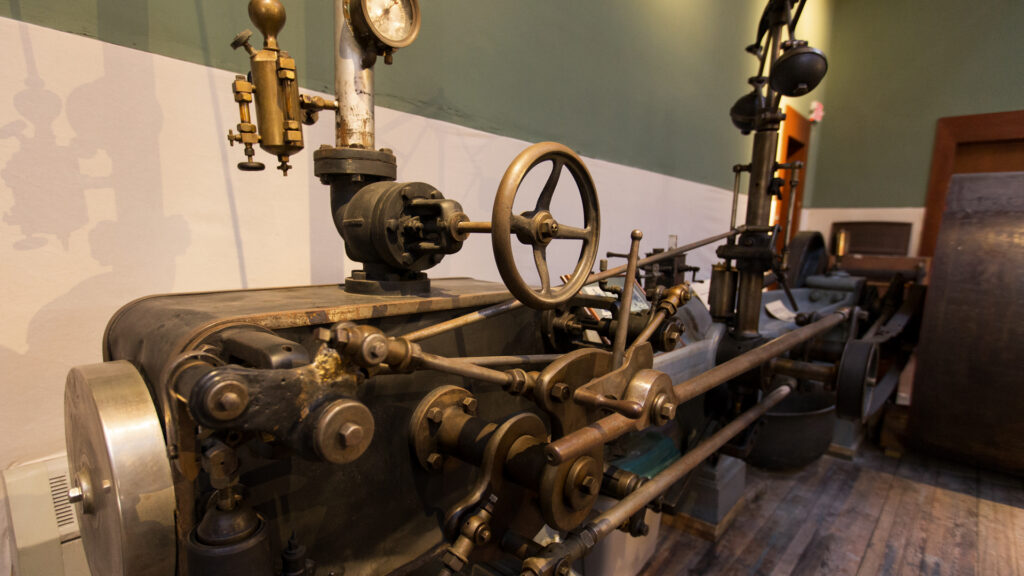I first heard of Bryan Hamill at a meeting with Michelle Toch Dinsmore at Overit Media. We were planning the kick off of the rebranded First Friday in Albany last year. Part of the initial rollout was a FF show at her space including Abe Farraro and this “cool guy super connected guy doing amazing print stuff in the skateboard scene…” I came to find out, Bryan is all that and so much more, bringing a passion for craft and creative community to the Arbor Hill neighborhood in Albany. After a successful grand opening last year, he was notified that the space he occupied was no longer going to be available. So what is now to come of this community driven arts / maker space and its specialized equipment? We have an idea…
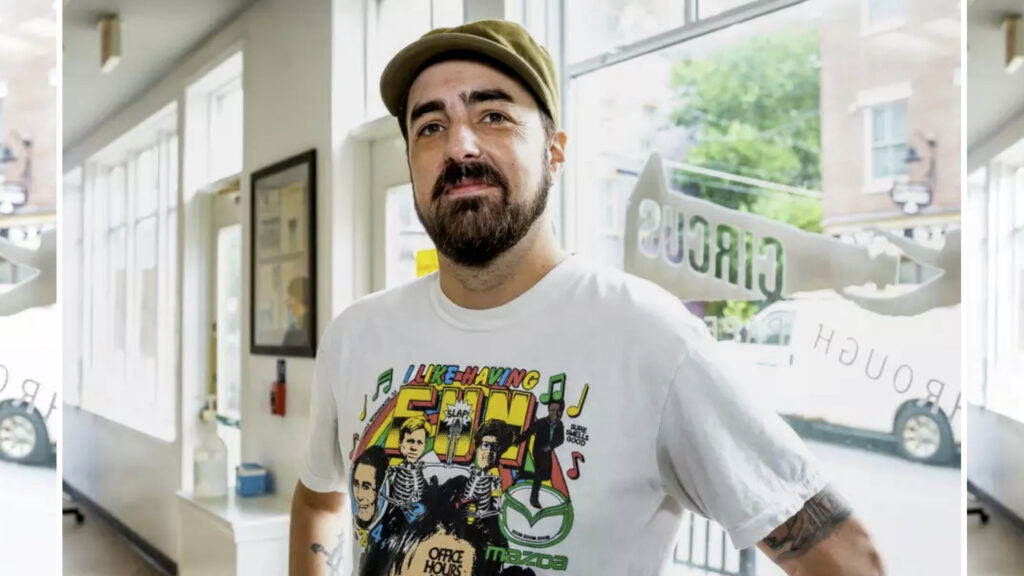
Please state your name, what you do and your educational / experiential background.
My name is Bryan Hamill. I am currently an Accounting Administrator at Audio Video Corporation in Albany New York and Founder and Shop Manager at Circus (Power Through Paper), a community based printing and events space in Albany’s Arbor Hill Neighborhood.
I grew up down by New York City but moved up here to go to college and absolutely fell in love with the city. I studied music and video production at St. Rose College in Albany and did odd jobs in both upon graduation; recording various albums for local musicians such as Steve Gaylord, commercials for small businesses, weddings, and music videos for bands such as Rockets and Blue Lights. I used to play in a band that was pretty popular in Albany called The Amazing Plaid among others. I’ve played shows around the country traveling in a beat up old prison bus, and even played a week’s worth of shows in Germany. I started and helped run a non-profit arts organization in Albany called the Capital District Federation of Ideas, where we had a performance space on Madison Ave called Point Five. I convinced myself that I needed to secure a grown up job, so I’ve been working full time at local company Audio-Video Corporation since 2011.
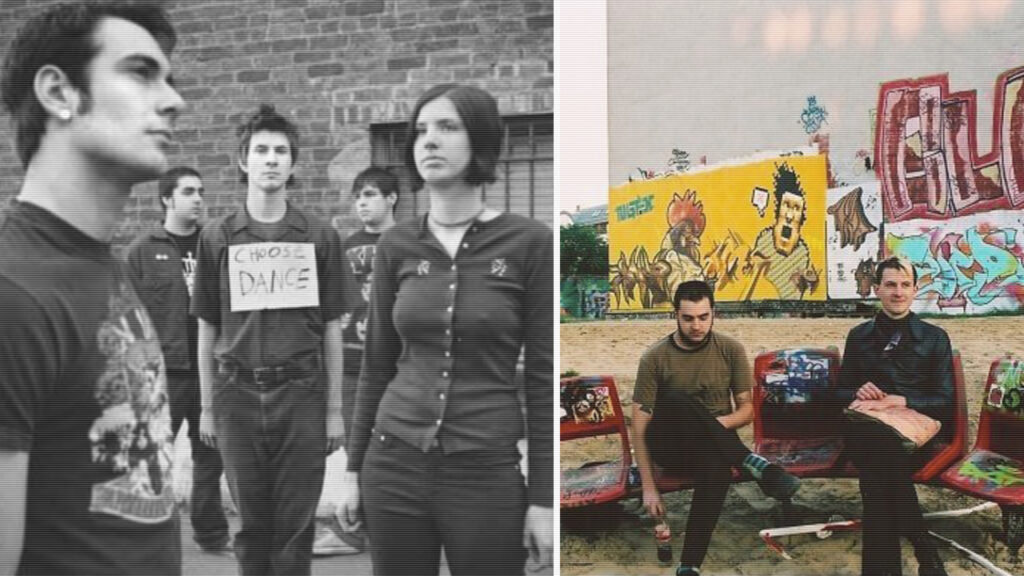
After work, needing to keep doing something creative, I fell back on something that was a full-blown necessity when playing in a DIY band – screen printing – learning everything I could from books and online videos. I started releasing prints under the banner of Pepper Spray Press, where I’ve been fortunate to work with legends such as Daniel Johnston, Dave Navarro, Laura Albert (the author behind JT LeRoy), Al Diaz (former artistic partner to Jean Michael Basquiat), and many others. The more I fell in love with printmaking, the more I wanted to share the amazing skill with others. The idea of a community print shop and art space formed.
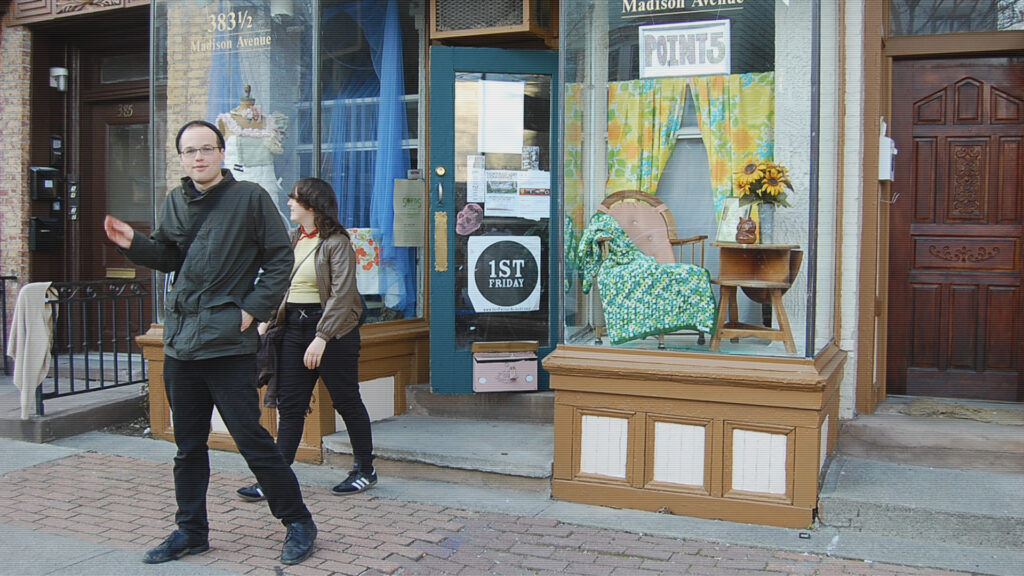
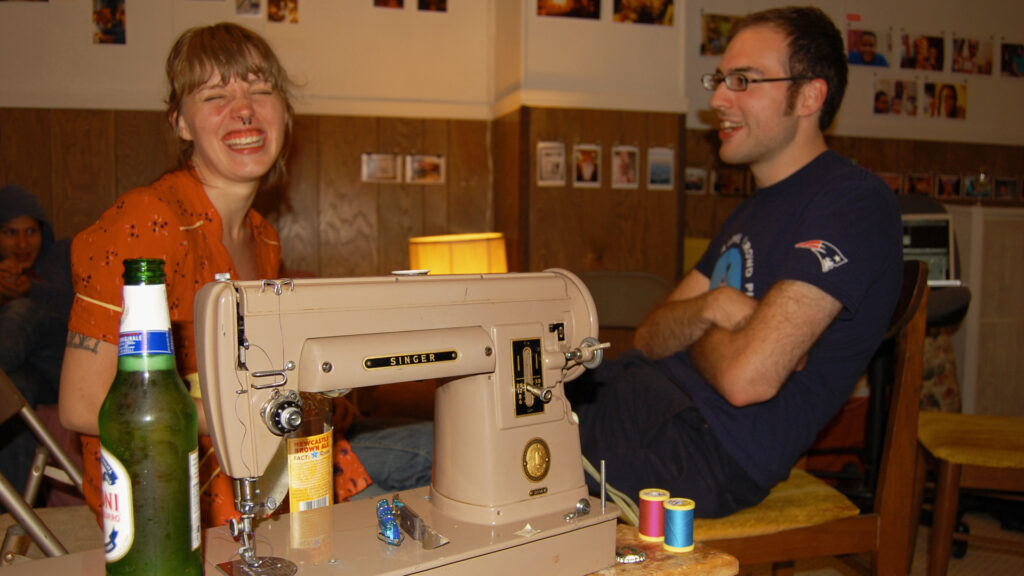
It sounds like you were on a strong path to full time freelance, self directed work and then…you ended up getting a full time gig. Can you talk about the decision to go that direction?
After graduating from St. Rose, I had what I thought at the time was the perfect job: I was the Assistant Manager for a local bookstore for many years. It allowed me to have a steady income while also taking off any time I needed for shows or tours. After work, I would record bands in my home studio, or work on various video projects. It was also at this time that the non-profit formed Capital District Federation of Ideas that had a performance space on Madison Ave called Point Five. Unfortunately, the people running it, myself included, really didn’t know what we were doing. We were young and passionate, but that’s about all we had going. After about two years worth of amazing events and programming, we decided to close shop. We had ended up spending so much time and energy on keeping the lights on that it felt like we weren’t making any progress towards our stated mission. After it ended, I was so burnt out and disillusioned that I decided I needed to try something more stable, which is when I entered corporate America.
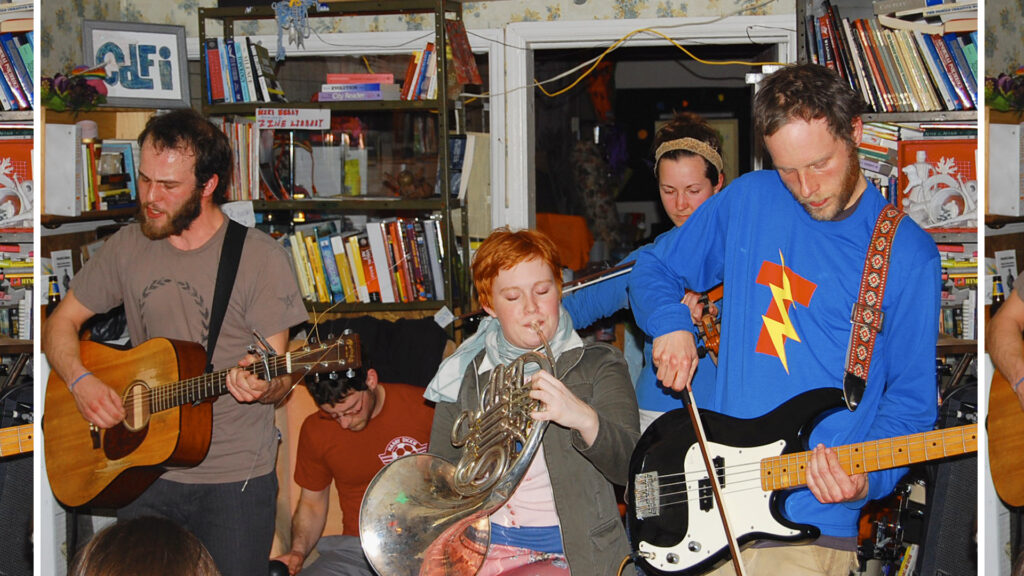
Your passionate about your current side project. Printing, music and deep community integration. Can you tell use more about what drives you in this area and what you have been up to? I believe you are currently in the old Stage 1 space of the Albany Barn…
Whenever I’m passionate about something, I want to share it with the world, and teaching someone how to print is about the most satisfying thing I’ve ever done. I’ve also always been acutely aware of access and privilege and how it shapes opportunity. If I wasn’t fortunate enough to go to college and get a stable job, I would never have been able to afford the equipment to print, and a house to print in. Printmaking is such an amazing tool, both for artistic expression AND commercial possibilities, and I want to give more people access because as it stands now, if you don’t go to college for printmaking or don’t have the resources to do it yourself, you’ll likely never have the opportunity.
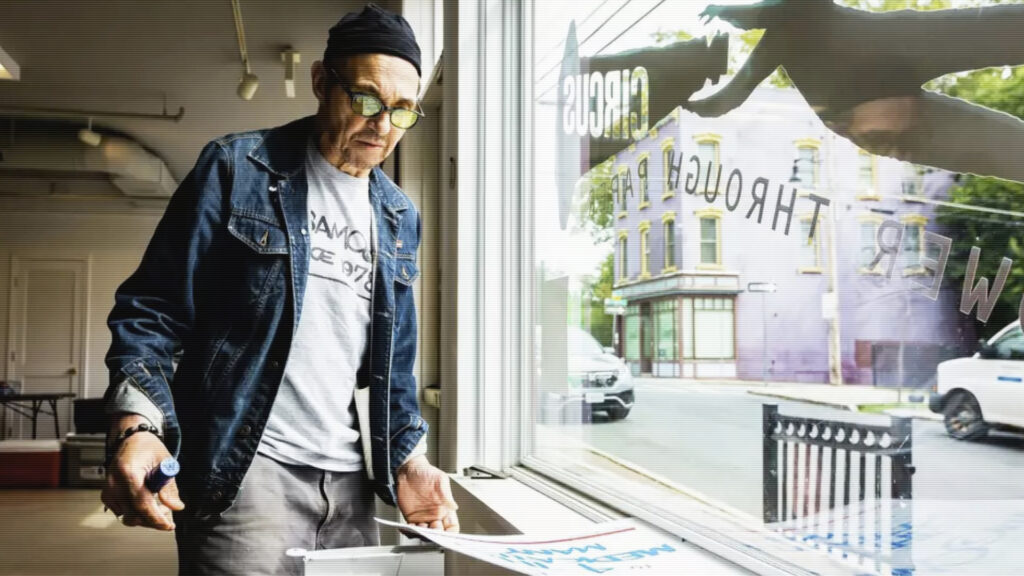

A couple of years ago, when this idea first began marinating in my head, I began purchasing the needed equipment. During that time, I was contacted by the family of local artist Steve Hazzard. He was a lifelong print maker, but he learned his trade back when dangerous chemicals were necessary to print, and those chemicals had made him sick to the point where he could no longer print. “Would you have any use for his old press?” he asked. The press was gorgeous and expensive, and if I could move it, it could be mine. I was so blown away by his generosity, and I had to share their gift with others. This was the big spark that set me off on this journey.

What is your long term vision for this project and why do you think its important?
I envision this space as something for everyone. A place for young students to dip their toes into printmaking BEFORE having to decide if it’s something they want to study in college. A place where studied print makers can apply their craft. (surprisingly, or maybe unsurprisingly, many who go to college for printmaking can’t afford the equipment or space to print). It’s a place where kids from a tough neighborhood can come in and print their own shirts, start their own fashion labels. It’s a place where film photography is still preferred over jpegs. It’s a place where hip-hop open mics and poetry readings can coexist. It’s a place for after-school programs. It’s a place where someone can learn to print without worrying about the judgement of others. It’s a place where I can print pizza boxes for local ghost kitchens to give them a leg up on their competition. I really envision the space as THE hub for local DIY-ers.
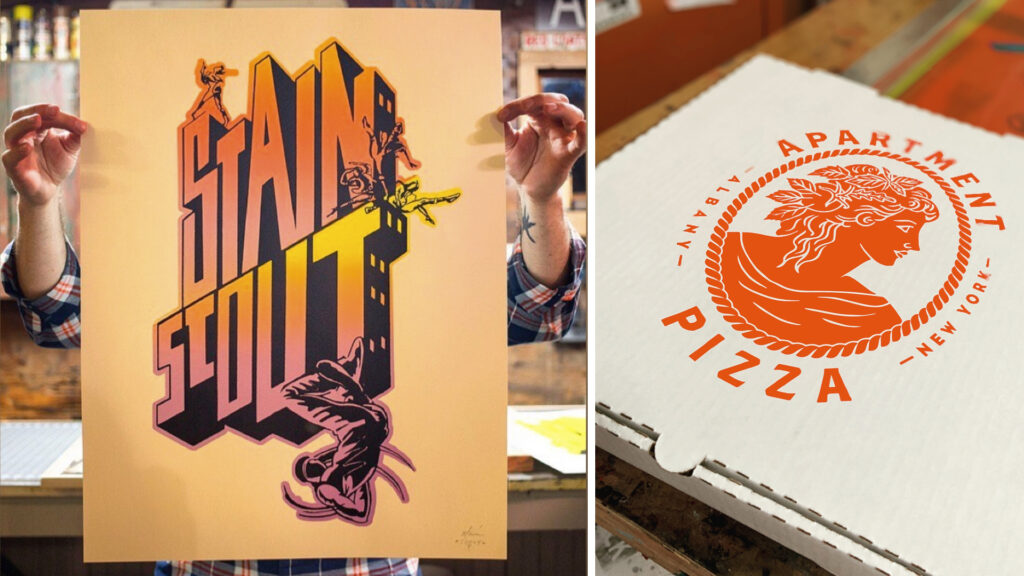
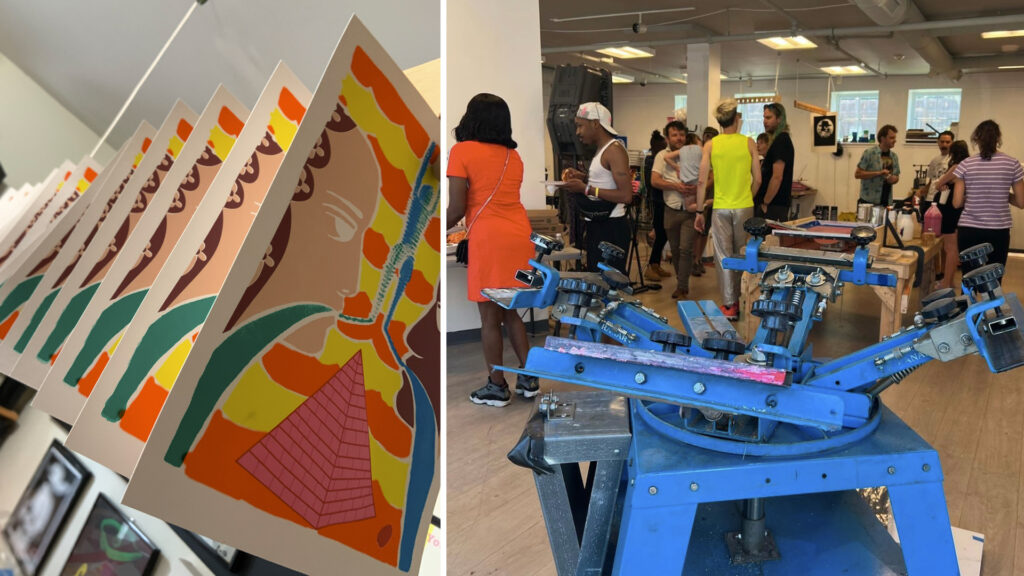
Recently, you were notified that you would need to find a new space for the print facilities. Can you share with us what you current situation is and what it is that you are ideally looking for as you transition out of this space and neighborhood?
Originally, the Albany Barn heard about my idea and wanted to help. They provided me with their old gallery space in Arbor Hill, formerly called Stage One. In exchange, I would pay the utilities and teach printmaking at their Schenectady location a couple of times a month. I really felt like it was the perfect space. Perfect size, perfect neighborhood for what I want to accomplish. Unfortunately, the Barn doesn’t own the space – the Albany Housing Authority does, and about a month after we had our grand opening, we were told that the AHA wanted the space back. I am not quite sure of the details or what happened. So…we are without a space. All of the equipment is still there, but I’m unable to use it, and they want it moved out by end of month (Thursday, 02.29).
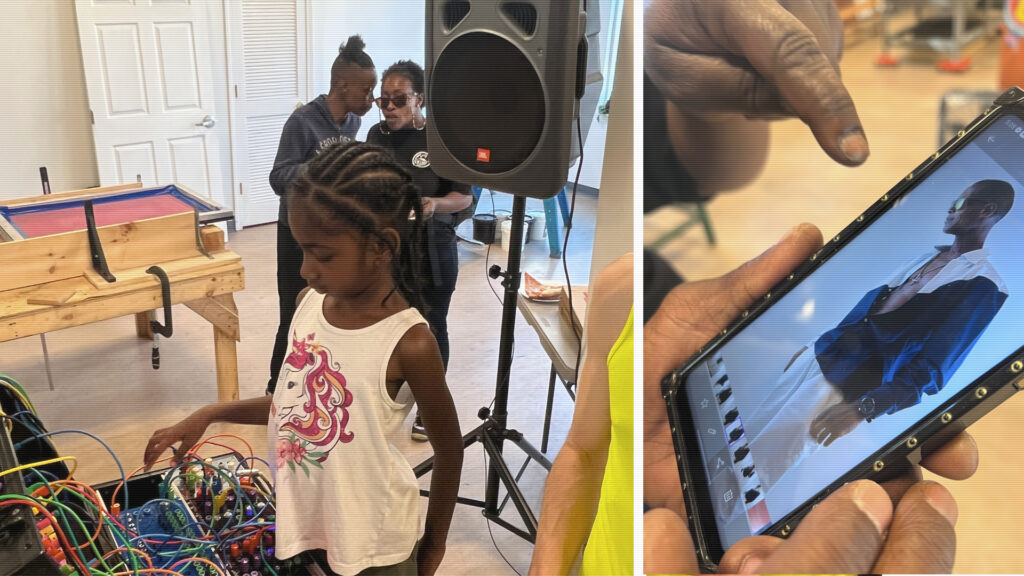
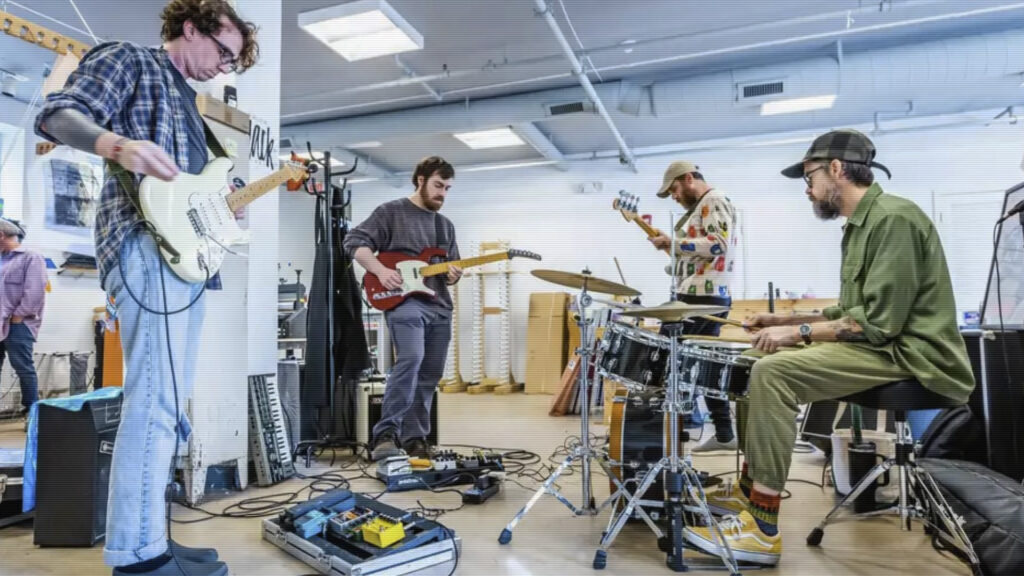
I’ve spent the past couple of months meeting with community leaders, artists, and local businesses, trying to figure out our next step. Everyone I’ve spoken to has been sympathetic, and some have even offered space, but for one reason or another, they wouldn’t work. A couple of examples – the Albany Community Investment Trust really liked our proposal, and their space in the south end (The Coliseum) is both promising and ideal, but they’re about to start new construction that would put us out at least a year. The Social Justice Center in Albany seems like a good match on paper, and they would be more than happy to have us occupy their second floor, but because of ADA restrictions, our ability to hold public events would be very limited. So as it stands now, we are still in need of a space.
EDITORS CHALLENGE: Have any location ideas or collaboration opportunities for Bryan? This feels like a great fit as a satellite location for an existing mission oriented / Not for Profit looking to expand it’s footprint outside city center. Hit him at the Circus website.
